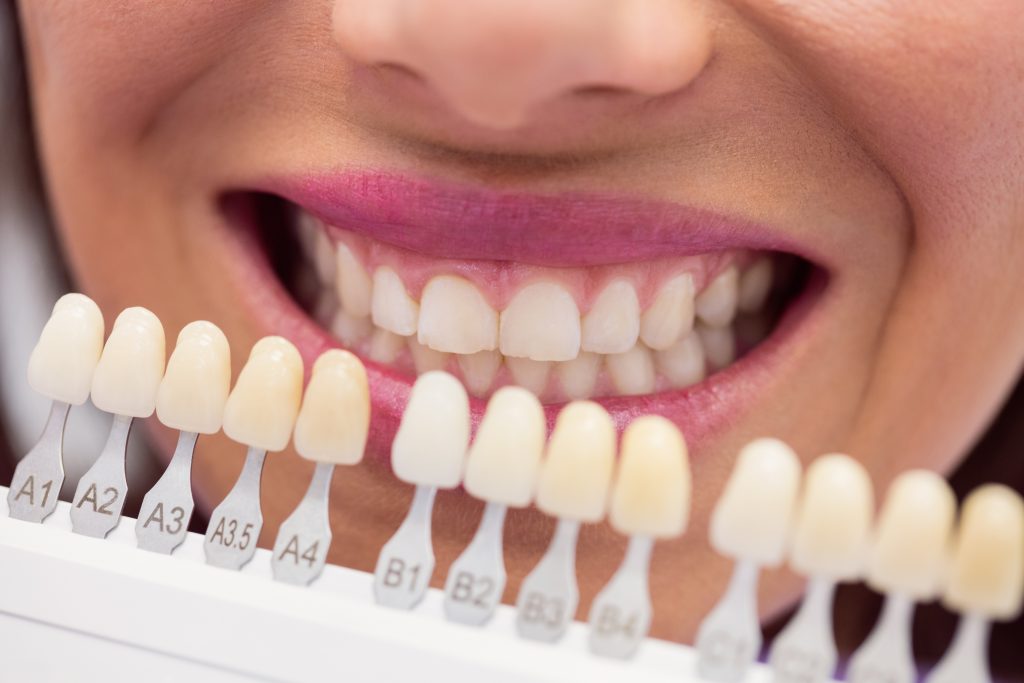Composite Bonding

Composite bonding is becoming more and more popular, especially with new innovations in dental technologies. It is a relatively non invasive way to change the shape, colour and size of your teeth by bonding special composite materials to your teeth. In a similar way, building up large portions of teeth again is possible, as an alternative for conventional crowns.
An alternative, when teeth are more damaged and discoloured, can be veneers.
An alternative to Bonding might be Veneers
When to choose bonding?
- If your teeth are otherwise healthy.
- When you have natural gaps in your teeth.
- When the teeth are chipped, worn or slightly damaged.
How do we do it?
It’s a lot more complex than just bonding something to the teeth and being done with it. We can spend a lot of time designing and discussing the outcomes you want which in turn can be refined before finally bonding to the teeth. A dental laboratory is not necessary for this technique and therefore you need to make fewer appointments and it can even be done in one session!
There are two main types of composite bonding, for example the more common style of composite bonding involves delicately layering and bonding a variety of different composites directly on the tooth like a painter, but instead of layers of paints, with layers having different ways they interact with light, consequently allowing for a very natural and customisable look.
We can achieve an even more beautiful and intricately designed outcome whereby we apply principles of smile design. After taking photos and analysing the proportions of the smile in regards to the rest of the face, and the lips. These principles are known as micro-aesthetics, mini-aesthetics and macro-aesthetics, and in combination a very special smile can be designed for you. This is more intensive and often more expensive but the outcome can be thought out and assessed before final bonding.
Advantages
- Often needs minimal to little preparation.
- Can often be done in one appointment.
- Relatively more cost effective compared to veneers.
- Can be modified afterwards relatively easily compared to veneers or crowns.
Disadvantages
- Discolours at a different rate to natural tooth.
- Tooth whitening should be done before, as composites aren’t affected the same way as natural teeth by whitening.
- Can not treat the underlying cause of tooth damage by itself.
From the above you can probably see that Composite Bonding requires maintenance.
Especially if you :
- Grind your teeth at night or play sports.
A nightguard or sports guard will help protect your teeth and prevent more wear. - Have a lot of staining food and drink in your diet.
We would reccomend having any whitening treatment BEFORE you have your composite bonding, and to maintain regular hygiene stain removal visits with your dentist.